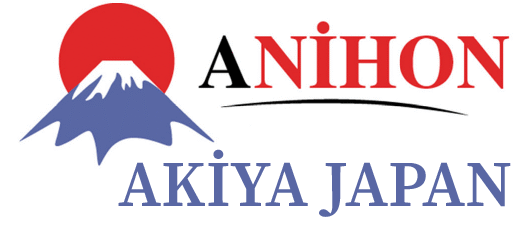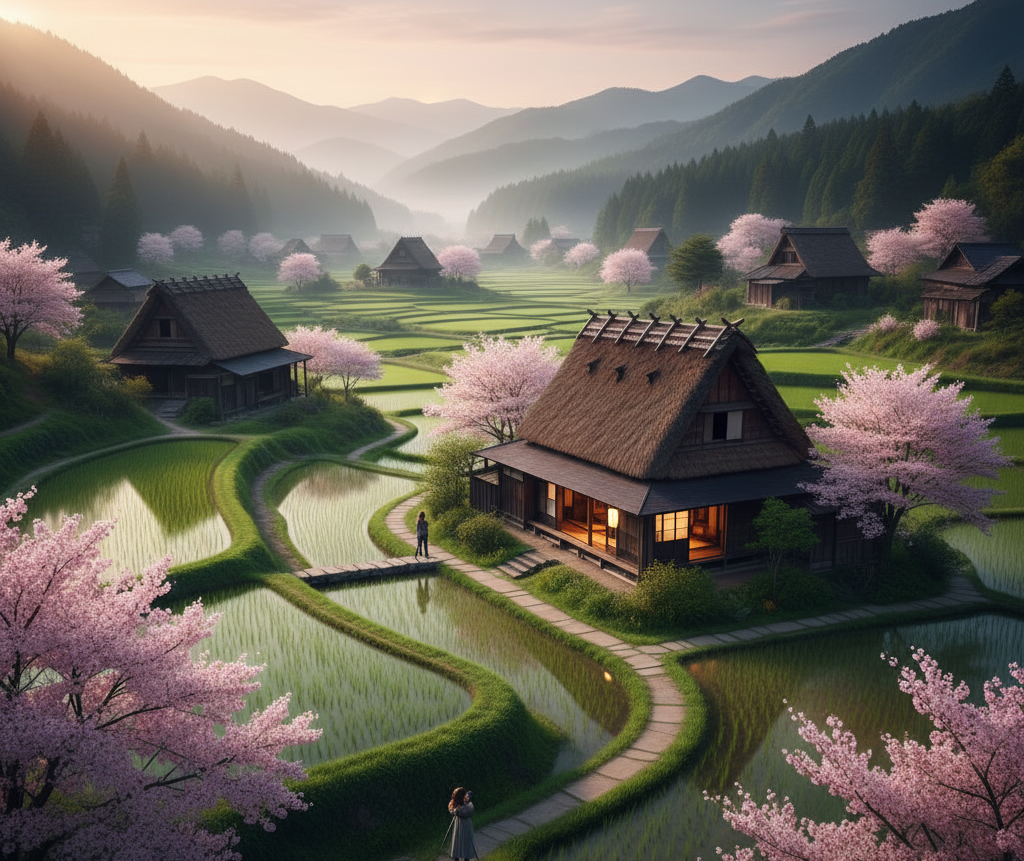Japan, a country long grappling with the consequences of a shrinking population and intense urban migration, is home to millions of abandoned houses, known as akiya. While this situation presents a crisis for local governments, it has transformed into a land of opportunity for a global community of adventurers, artists, and digital nomads. It’s now possible to own a spacious home in rural Japan for a fraction of the cost you’d pay for a small apartment in a crowded Tokyo suburb.
So, why are foreigners flocking to these neglected homes in the Japanese countryside?
Redefining the Japanese Dream: Stepping Away from Tokyo
In the Western world, buying a home often means decades of high-interest mortgage debt. Rural Japanese akiya completely overturns this equation.
1. Price and Potential
The core appeal of akiya lies in their incredibly low prices. Some properties are even given away for free under the condition that the buyer commits to renovating them; those in better condition but still requiring work typically fall in the $10,000 to $50,000 USD range. Buyers combine this low entry cost with the potential to transform the house into their dream studio, guesthouse, or a peaceful retreat.
2. The Serenity of the Japanese Countryside (Inaka)
Japan isn’t just Tokyo and Kyoto. The Inaka (rural) regions where akiya are found offer unparalleled natural beauty, surrounded by bamboo forests, terraced rice paddies, hot springs (onsen), and mountain views. For those weary of the urban rat race, these areas offer a slow-paced, simple lifestyle and a chance to truly integrate into a community.
3. Cultural Exploration and Authentic Living
Many akiya buyers seek to experience authentic Japanese culture. Renovating an old Minka (traditional Japanese farmhouse) with its distinctive architecture isn’t just about owning a home; it’s part of an effort to preserve Japan’s dwindling craftsmanship and architectural heritage. Participating in local Matsuri (festivals) and forging bonds with locals (especially the elderly population) provides invaluable cultural experiences.
The Roadmap: The Akiya Buying Process and Its Hurdles
The process of buying an akiya is not as straightforward as the low prices might suggest, and there are key points foreign buyers must consider.
Akiya Banks and Local Support
Most rural areas have established Akiya Banks to list vacant homes. These banks connect potential buyers with sellers and sometimes offer grants and subsidies for renovation or relocation. Foreigners taking advantage of these local programs can both accelerate the process and reduce the cost.
Legal Hurdles and Jiko Bukken (Death Houses)
A foreign buyer’s biggest challenge in an akiya purchase is the high renovation cost and meeting Japan’s strict earthquake-resistance standards. Additionally, some akiya are labeled as jiko bukken (properties with a tragic past, particularly a death). While these are often the cheapest homes, they are difficult to sell due to the cultural tendency in Japan to avoid such properties. Foreign buyers, if they can overcome this cultural hurdle, might secure an excellent bargain.
Visa Status
It is important to remember that buying an akiya does not, by itself, grant the right to live or work in Japan. Foreign buyers must possess the appropriate visa status (such as a Long-Term Resident Visa or a Digital Nomad Visa) while they are restoring or using the property.
Conclusion: Akiya is Not Just Real Estate, It’s a Lifestyle Choice
While akiya are a symbol of Japan’s demographic challenges, they simultaneously offer a unique opportunity for the international community. Foreigners buying an akiya in rural Japan aren’t just making an economic investment; they are making a radical lifestyle choice—restoring a home with their own hands, embracing an entirely new culture, and stepping away from the complexity of the modern world. Japan’s vacant houses have become the most tangible and exotic example of the “rural escape” movement worldwide.

